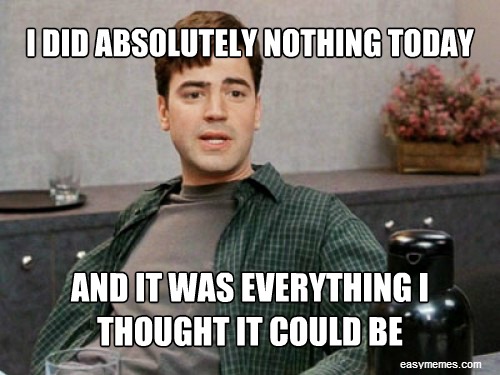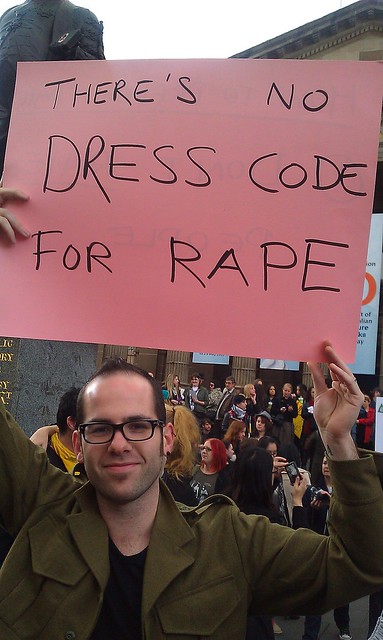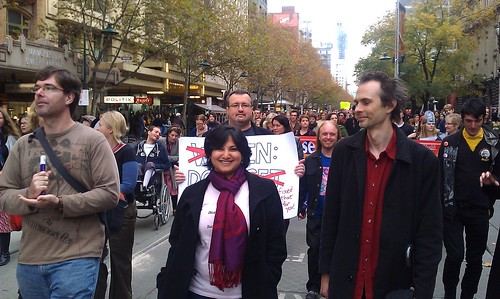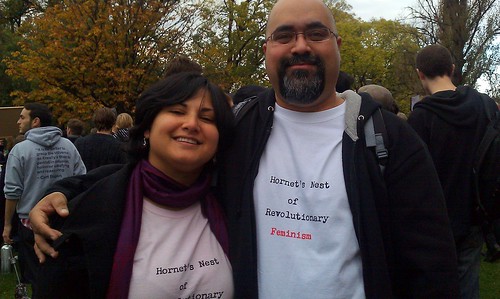I love watches and, since the age of seven, have owned eleven of them. (Which turns out, on average, to be one watch every three years.)
Nine of these were Casio watches - including one calculator watch, two G-shocks, one ProTrek, and one Edifice. This is the Edifice (EQS-A500B-1AV) that I bought just a couple of months ago, by the way (which I then customized with Hadley Roma leather strap and butterfly deployant clasp):
The other two watches I've owned were a Pulsar LED (the one I got when I was seven) and a mechanical hand winding watch that I don't remember the brand of (I was twelve at the time).
The cool thing is that I have I reached a point in my life at which I'm ready to move beyond watches as primarily practical time telling tools. I now want to get watches that, while still good for telling time, are also pieces of jewellery and objects of design, engineering, craftsmanship and history. So, aside from another couple of quartz watches I'll probably want to get in the future (a Casio ProTrek and some type of chronometer), this means I'm looking to get myself my first proper mechanical watch.
I've spent the last few months researching watches and world or horology - both online and in local stores in Melbourne - and, over the next few months, I'll summarize what I've learnt on this blog.
Let's start with the basics, though:
What types of watches can you get?
Who makes them?
How much do they cost?
Watch Styles
Historically, wristwatches have been tool watches. In the early 1900s people were perfectly happy with pocket watches (though women sometimes wore watches as jewellery on their wrists) but, when it stopped being convenient to pull a watch out of your pocket - like when you were diving, flying, driving or marching across Europe in your army - wristwatches started to become popular.
Accordingly, these are now the main styles of wristwatches available (list sourced from this convenient 'Watches Style Guide' thread on Reddit):
Diver's watches: for divers and sailors
Field watches: for infantrymen, rangers and other ground troops
Pilot's watches: for pilots and navigators
Chronographs or sport watches: for drivers, racers, yachtsmen and other people who play sports
Dress watches: for people who want elegant watches to wear with fancy clothes
Or, more visually:
There are just the big bucket watch styles, of course. There are many variations within these styles and a handful of other styles, as well (e.g. single hand, Bauhaus, fashion). And a lot of these styles and variations overlap, too.
Watch Brands
There are a great many watch brands out there but, again, thanks to Reddit, here's a good way of categorizing them:
Consumer: some quartz, some mechanical; brands from all over the world (e.g. Switzerland, Japan, Russia, China, USA, Denmark)
Enthusiast: usually tool watches designed for a specific purpose (e.g. pilot or military watches)
Quasi-luxury: expensive or fancy enthusiast watches; lower-prices luxury watches
Entry-level Luxury: starter luxury watches; expensive enthusiast watches
Luxury: expensive watches with a lot of history behind them
High-end Luxury: most well-known luxury brands
Ultra Luxury: very expensive watches (for serious watch collectors and very rich people only)
Or, more visually:
Note: I haven't included the independent watchmakers of the Académie Horlogère des Créateurs Indépendants (ACHI) in that list because, let's face it, I'll never be able to afford any of their watches.
It's useful to know that a number of these brands are owned by large multinational holding companies.
For example, the Swatch Group owns:
Swatch from the consumer group;
Hamilton and Tissot from the enthusiast group;
Longines and Rado from the quasi-luxury group;
Omega from the luxury group; and
Breguet, Blancpain and Glashütte Original from the high-end luxury group.
The Richemont Group owns:
Baume & Mercier and Montblanc from the entry-level luxury group;
IWC from the luxury group;
Cartier, Jaeger-LeCoultre and Officine Panerai from the high-end luxury group; and
Piaget and Vacheron Constantin from the ultra luxury group.
And LVMH owns:
TAG Heuer from the quasi-luxury group;
Bvlgari from the luxury group; and
Hublot and Zenith from the high-end luxury group.
Also, Tudor is Rolex's lower-end brand and Orient is owned by Seiko.
I'm sure there are other brand partnerships and joint ownerships out there.
Watch Prices
You can buy a watch for almost price - from a $25 Casio to a $250,000 Hublot - and different people create different price-range buckets for watches.
For example, A Blog to Watch has three:
While ever-practical Reddit has buying guides for these six price ranges (and a separate guide for 'Ladies Watches'):
I, too, am practical so I have three personalized buckets (each with its own Pinterest board, no less):
The way I see it:
In my 30s and 40s I'll only be able to justify buying watches that cost less than $1,000
In my 50s I'd like to be able to justify buying a watch that costs more than $1,000
And in my 60s I might just buy myself a watch that costs more than $5,000
What Next?
So that was just the basics. There's a lot more to summarize but I'll try to do that over the next few months (though it'll probably take years since there's so much to learn).
Instead, let's move on to something more interesting: like actually buying a watch. That's what my next post will be about.















